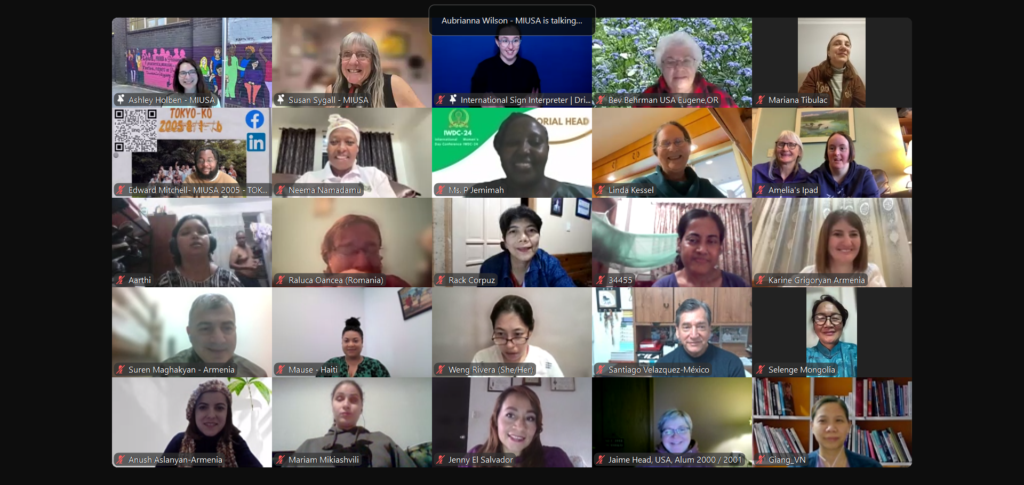“Have you had students with disabilities on your programs?” I ask this of each study abroad colleague I meet. Sometimes they have detailed stories to share, and even a “thank you” for advice we had given them through our free information and referral services.
Other times, more than I care to admit, I hear back: “There are some destinations that just won’t work for students in wheelchairs.”
They explain how the program includes remote areas, hiking on trails, cobblestoned streets, no accessible transportation, and other barriers such as historic buildings.
But I know from many years of experience and first-person stories (and previous pioneers who came before) that accessing study abroad despite such barriers is more common than they think. And what about people with disabilities who live in these locations overseas? But how do I get them to see it?
Have you had these same thoughts – either from my side of the conversation or the perspective of those I’m speaking with? Here is a scenario that could play out, to question such assumptions and shift thinking:
This initially resolves some hesitations enough to acknowledge ways it could work, which often boils down to “We could look more at the program design.” Yet, this shift usually lasts a couple minutes before the mind wants to revert back into the prior picture full of barriers, and may even push back with liability or legal concerns.
A way back out of these shadowy doubts, and to new possibilities can be prompted by deeper inquiry:
Then if this is a group situation, open it up to others to see what creative ideas they have. Often there is no shortage of ability to figure out solutions. Use remote technologies. Use tractor beds or horse carts. Use human assistance. Make an exception into a practice. Use assistive equipment (even if they need to ask us, or the student, what the equipment may be, such as the FreeWheel pictured on this page).
Our staff’s skill and contribution comes in offering different perspectives, so colleagues can uncover hidden biases they may hold about accessibility. You can practice this too. As more possibilities are imagined, the education abroad field will be better able to fulfill its commitment to equal opportunity for every student.
Want to reimagine a different way? Check out the Flickr slideshow below (or use this “Creative Ways to Get Around Abroad” Flickr Album link and open in the full screen to read the captions). Also visit the tipsheets on our website for exchange professionals and read our online stories from exchange alumni with disabilities.
Sign up for our E-News






Manage Your Privacy